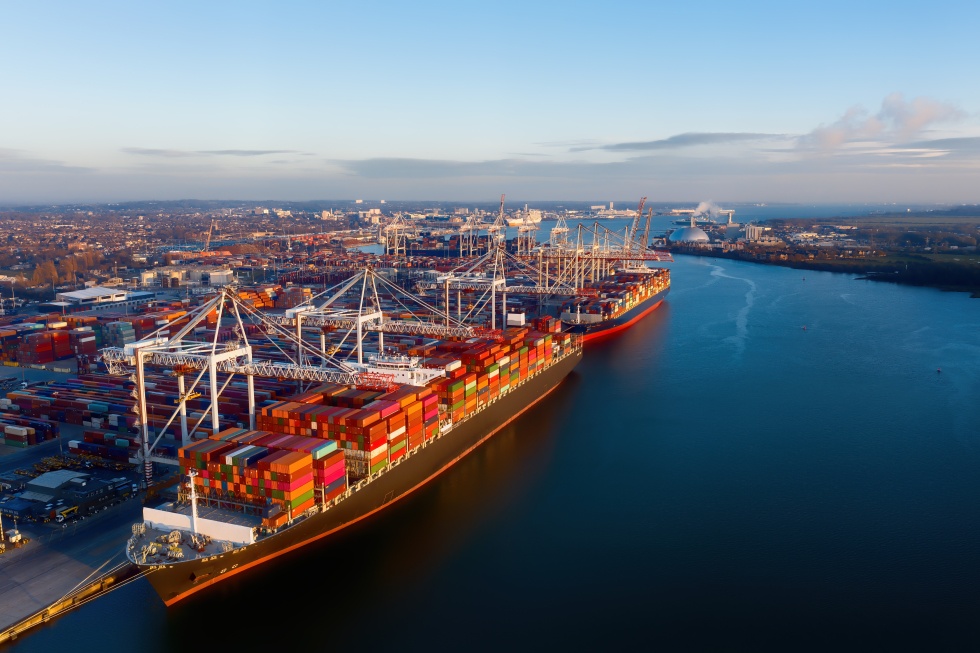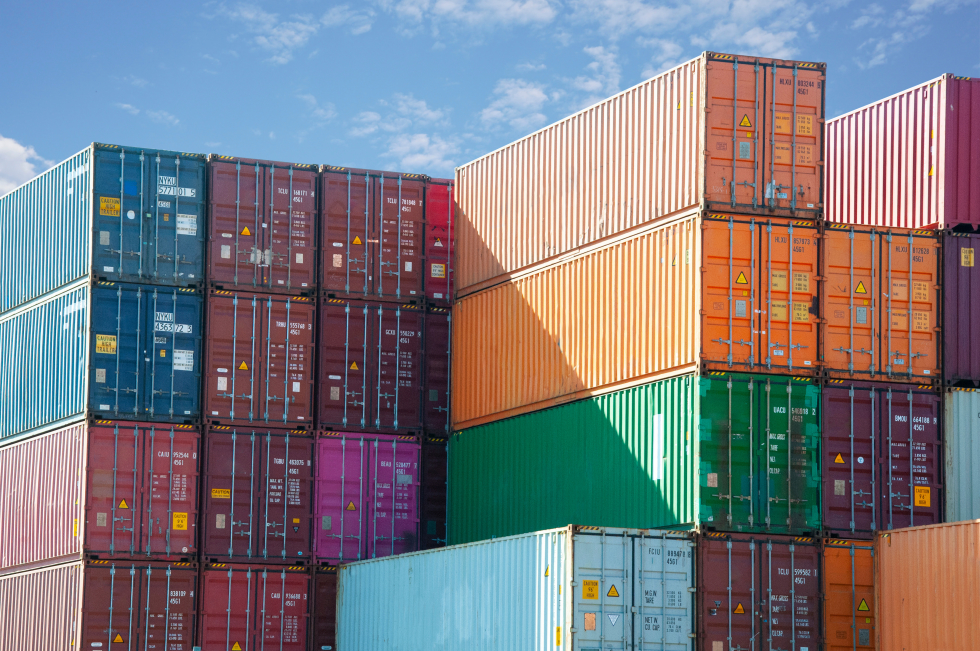Exploring Opportunities in the Pacific Market for U.S.
Discover the potential for growth and investment in the Pacific market, highlighting U.S. trade initiatives and the importance of sustainable practices in the Pacific food market.

The United States has embarked on a strategic journey to deepen its trade and investment ties with the Pacific Island countries, a move underscored by the Biden Administration's recent initiatives. With its unique blend of cultural diversity and economic potential, the Pacific market is a beacon for U.S. businesses exploring new frontiers. This article delves into the opportunities and challenges presented by the Pacific market, with a particular focus on the Pacific food market, underlining the significance of sustainable practices and U.S. trade policies to foster economic growth and development in the region.
The Pacific Market Strategy: A New Chapter in U.S.-Pacific Relations
In a significant policy shift, the U.S. has reimagined its approach to the Pacific Islands, prioritizing climate action, maritime security, and economic prosperity. The Pacific Partnership Strategy, unveiled at the U.S.-Pacific Islands Country Summit, marks a commitment to supporting the Pacific Islands in combating climate change, ensuring navigational freedoms, and bolstering trade.
The strategy aligns with the development goals of Pacific Island governments and leverages the U.S.'s geographical proximity and economic prowess to make a positive impact.
- Climate Change Mitigation: Partnering with Pacific Islands to address global climate challenges, emphasizing sustainable resource management.
- Enhancing Maritime Security: Promoting open and peaceful waterways, ensuring the protection of maritime rights and environmental sanctity.
- Boosting Trade and Investment: Encouraging economic diversification and strengthening trade links, with a keen focus on the Pacific food market.
The Generalized System of Preferences (GSP)
The U.S.'s Generalized System of Preferences (GSP) emerged as a pivotal mechanism in advancing trade relations with the Pacific Islands. Offering tariff-free access to various products, the GSP program assists Pacific Island countries in diversifying their economies. However, the effectiveness of GSP in the Pacific market, particularly in the Pacific food market, has been limited by several factors, including product eligibility and logistical challenges.
- Maximizing GSP Benefits: Exploring ways to enhance Pacific Island countries' utilization of GSP, focusing on product eligibility and market access.
- Overcoming Logistical Hurdles: Addressing the high trade costs and low connectivity hamper the Pacific food market's growth potential.

Promoting Sustainable Practices in the Pacific Food Market
The Pacific food market, characterized by its rich diversity of seafood and agricultural products, presents unique U.S. trade and investment opportunities. Sustainable fisheries, agriculture, and food processing practices ensure this market's long-term viability. Initiatives such as environmentally responsible fishing, organic farming, and investment in eco-friendly packaging can significantly enhance the market's appeal to U.S. consumers.
- Sustainable Fisheries: Encouraging responsible fishing practices to preserve marine biodiversity and ensure a stable supply of seafood products.
- Organic Agriculture: Supporting the adoption of organic farming techniques to cater to the growing demand for healthy and sustainable food options.
Embracing the Future with the Export Portal
As the U.S. forges ahead with its Pacific strategy, the opportunities within the Pacific market, particularly in the Pacific food market, are vast and varied. Sustainable trade practices and the strategic use of trade preference programs like the GSP are key to unlocking these opportunities.
The Export Portal offers an invaluable platform for businesses looking to navigate the complexities of international trade in this region. By leveraging the Export Portal, companies can access comprehensive resources, connect with Pacific market experts, and capitalize on the burgeoning opportunities in the Pacific Islands. The future of U.S.-Pacific trade looks promising, with sustainability, innovation, and partnership at its core.






Comments 0